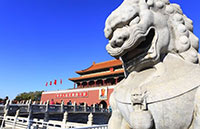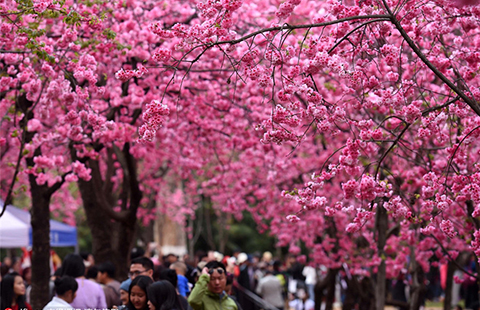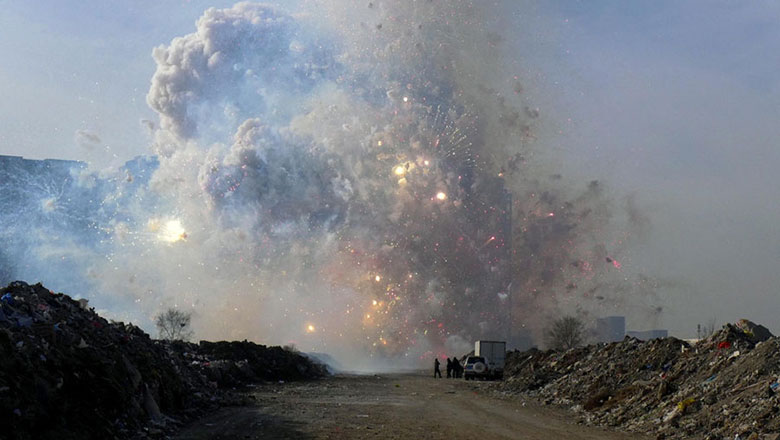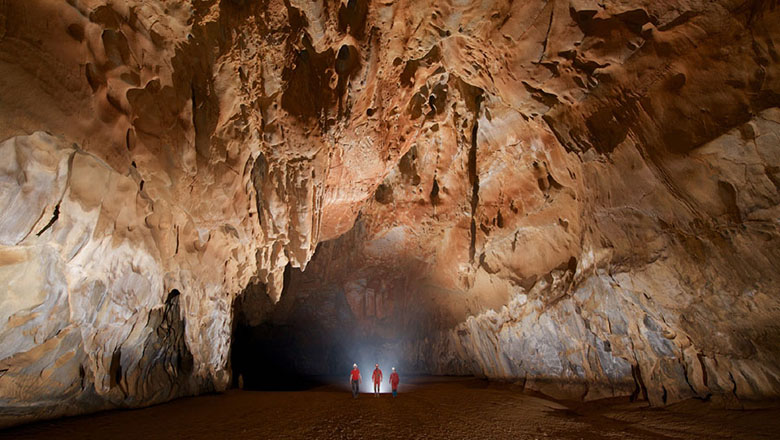Artificial sun kindles prospects for mission to Mars
Updated: 2016-07-18 09:13
By Zhao Lei(China Daily)
|
||||||||
China's space scientists have developed the country's largest sun simulator, which is expected to boost its effort to operate rovers on other planets.
With a diameter of 5 meters, the device is capable of providing illumination stronger than natural sunlight and will be used to test the reliability of China's space probes and planetary rovers, according to the instrument's developer, Beijing Institute of Environmental Features, which sent a news release to China Daily on Sunday.
The institute, part of the Second Academy of China Aerospace Science and Industry Corp, says artificial suns are widely used in tests and measurement of solar batteries, radiation-resistance tests of spacecraft materials and heat balance tests for spaceships.
Previously the institute had developed solar simulators with smaller diameters. The development of a 5-meter simulator helps China move closer to leaders in the field such as the United States, Japan and France, according to the institute.
Wang Ya'nan, editor-in-chief of Aerospace Knowledge magazine, said the larger solar simulator will be useful in the design and manufacture of spacecraft and planetary rovers because it can simulate solar electromagnetic radiation in space in a realistic manner.
"Solar irradiance is one of the major factors that decide the service span and work mode of a spacecraft or planetary rover," Wang said.
"All light-sensitive equipment used in space such as photovoltaic systems and thermal control coatings must undergo tests with the solar simulator."
He expects that China will develop sun simulators that will be even larger and more advanced because the nation has begun to develop Mars probes and is making preparations for a manned space station, both of which will need more powerful sun simulators.
China plans to send an unmanned Mars probe to orbit and land on the red planet around 2020. Moreover, the country will build a manned space station around 2022, according to China's space authorities.
- African Union opens with launch of continental passport
- Baton Rouge shooter identified as ex-Marine Gavin Long
- Navy chiefs set for fresh talks on South China Sea
- Arrests hit 6,000 as Turkey cracks down on army and judges after coup bid
- A close look at Theresa May's new cabinet
- More than 70 dead in Nice attack as France marks national day

 Uphill battle for cyclists in downhill race in Zhangjiajie
Uphill battle for cyclists in downhill race in Zhangjiajie
 Shennongjia added to World Heritage List
Shennongjia added to World Heritage List
 Campers sleep perched on cliff face in Central China
Campers sleep perched on cliff face in Central China
 Two giant pandas meet public in NE China
Two giant pandas meet public in NE China
 Ongkor Festival celebrated in Southwest China's Tibet
Ongkor Festival celebrated in Southwest China's Tibet
 The world in photos: July 11 - 17
The world in photos: July 11 - 17
 Ten photos from around China: July 8-14
Ten photos from around China: July 8-14
 The only surviving panda triplets weaned from milk
The only surviving panda triplets weaned from milk
Most Viewed
Editor's Picks

|

|

|

|

|

|
Today's Top News
Ministry slams US-Korean THAAD deployment
Two police officers shot at protest in Dallas
Abe's blame game reveals his policies failing to get results
Ending wildlife trafficking must be policy priority in Asia
Effects of supply-side reform take time to be seen
Chinese State Councilor Yang Jiechi to meet Kerry
Chinese stocks surge on back of MSCI rumors
Liang avoids jail in shooting death
US Weekly

|

|









